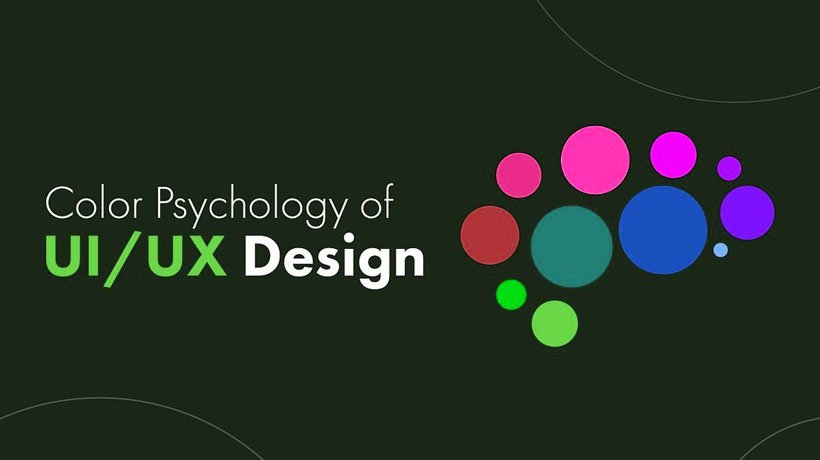Using Color Psychology to Enhance User Interface Design for Exceptional User Experiences
In the world of user interface design, every color selection has great influence. Understanding the psychology of color and using it to elicit feelings, send messages, and influence user behavior is more important than just aesthetics. This blog article delves further into the intriguing field of color psychology in user interface design, examining how various colors can affect users’ perceptions and interactions, leading to the creation of memorable and significant user experiences.
Comprehending Color Psychology: Colors has an amazing capacity to elicit particular feelings and connections, frequently at the subconscious level. For example, warm colors like red and orange can represent passion, energy, or urgency, but colder colors like blue and green can represent stability, calmness, and trust. UI designers may deliberately select colors that complement the brand identity, target audience, and intended user experience by knowing the psychological affects of color.
Developing Emotional Bonds: Building emotional bonds with people is crucial to UI design. A well-chosen color scheme has the power to arouse feelings in consumers and connect with them deeper. For instance, a lifestyle brand can use vivid colors to create excitement and vibrancy, while a healthcare website might use calming blues and greens to communicate a sense of trust and peace. Designers may make user experiences more immersive and memorable by matching colors to the desired emotional reaction.
Creating a Brand Identity: Colors are a key factor in determining a brand’s perception and identity. Utilizing color consistently throughout all touchpoints—website, logo, marketing materials—helps to promote brand loyalty and strengthen brand identification. For example, the tranquil blue of Facebook or the assertive red of Coca-Cola have come to represent their respective businesses. UI designers may successfully convey company values, personality, and positioning with thoughtful color selections, which will ultimately improve the interaction between the brand and its customers.
Improving Readability and Usability: Colors have an effect on readability and usability in UI design in addition to invoking feelings. For material to be readable on a variety of devices and screen sizes, contrast between background and text colors is essential. Additionally, colors can be utilized to draw focus to and enhance navigation by drawing emphasis to crucial features like buttons and call-to-action (CTA) prompts. Through meticulous attention to color contrast, hierarchy, and legibility, designers may maximize usability and improve the user experience in general.
Taking Contextual and Cultural Aspects into Account: It’s critical to understand that different circumstances and cultures might have different psychological effects from colors. In some cultures, something that arouses favorable associations may have completely different meanings. Therefore, when choosing color palettes for audiences around the world, UI designers need to take local preferences and cultural sensitivities into account. To guarantee that color selections are in line with the overall design goals, considerations such as industry, target demographics, and intended message should also be taken into account when choosing colors.
In conclusion, color psychology is a potent tool that UI designers may utilize to create countless interesting, intuitive, and emotionally impactful user experiences. By understanding the psychological effects of colors and leveraging them strategically, designers can craft interfaces that not only look visually appealing but also elicit desired emotions, reinforce brand identity, and enhance usability. In the ever-evolving landscape of UI design, mastering color psychology is essential for designing experiences that leave a lasting impact on users.



